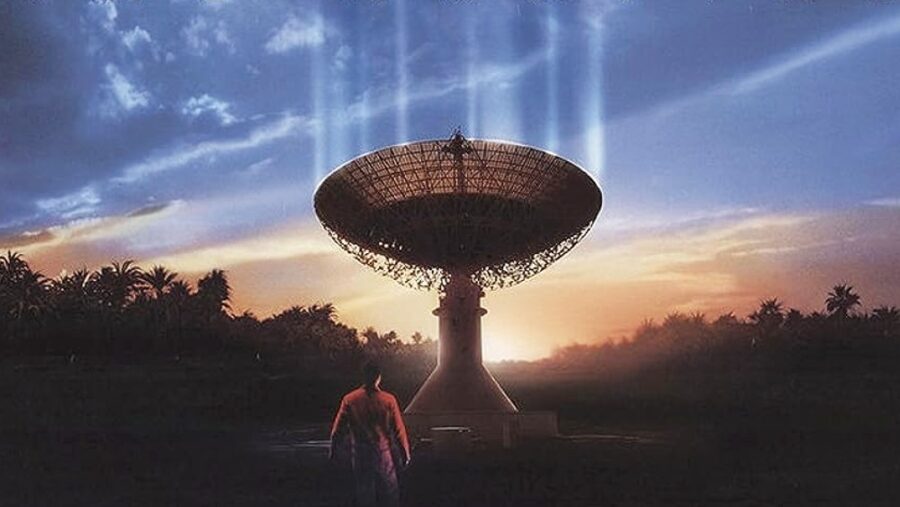Alien Radio Signals Are Now Interceptable, Scientists Unveil

For anyone who has seen their fair share of sci-fi horror films that featured overzealous and often naive space crews being brutally killed off one by one after investigating a signal of unknown origins, the thought of humans willingly doing the same thing in real life may send a chill down your spine. But according to scientists, humankind may have finally developed a technological breakthrough that is capable of one day intercepting actual alien radio signals. While we are still a ways away from ever traveling to a nearby star system to play the role of an obnoxious, nosy neighbor, humans appear to be ready to give it a try.
Intercepting Alien Messages

In a study led by Nick Tusay, a 4th-year graduate student in the Astronomy & Astrophysics Department at Penn State University, a team of researchers have developed a breakthrough process that allows scientists the ability to listen in to very small bandwidth radio signals that could offer a glimpse into distant alien worlds.
According to the team’s research, the process extends the opportunity to observe radio “spillover” from alien radio signals or radar being transmitted from the “further exoplanet” towards the closer one, essentially listening in to distant conversations. This could lead to scientists to use the process for purposes such as communication with those distant worlds or even for scientific exploration in the future.
Testing The Theory

To test their newfound method, Tusay and the team of researchers targeted TRAPPIST-1, a star system that is just 41 light years away from Earth. According to a 2017 report from NASA, TRAPPIST-1 may offer the largest collection of Earth-sized exoplanets within a reasonable distance. The system contains seven rocky worlds which all have the potential for water on their surface, meaning that there is a distinct possibility of alien life on one or more of those exoplanets.
No Communication Yet

The research team used the Allan Telescope Array, a massive series of radio telescopes, in order to scan TRAPPIST-1 for 28 hours in the hopes of intercepting any number these possible alien radio signals. To maximize the potential to pick up these signals thanks to radio “spillover,” the team timed their research to occur during a planetary occultation, or when one planet is blocked from our “view” by another planet.
While the team came up short on picking up any alien radio signals, they were able to pinpoint 2,200 various radio signals that lined up perfectly with the planetary occultation. Despite failing to intercept direct communications between exoplanets, Tusay and the research team believe that picking up those various radio signals proves that their breakthrough method is more than capable of one day accomplishing this lofty goal.
A Game-Changer

According to Tusay, until now, humans have been unable to detect alien radio signals due to the massive scale of the universe and our reliance on outdated or improper equipment. “Most searches assume a powerful signal, like a beacon intended to reach distant planets, because our receivers have a sensitivity limit to a minimum transmitter power beyond anything we unintentionally send out,” said Tusay in a statement, detailing the results of his team’s findings.
However, he believes that with the advancement of better, more effective equipment such as the Square Kilometer Array, scientists may one day be able to detect alien radio signals from distant civilizations who are communicating with its spacecraft.
A Matter Of When, Not If

Pointing to the research team’s optimistic results, Tusay believes that TRAPPIST-1 has become an “excellent natural laboratory to test these techniques” and fine-tune the process for future use of listening in to possible alien radio signals.
“The methods and algorithms that we developed for this project can eventually be applied to other star systems and increase our chances of finding regular communications among planets beyond our solar system, if they exist,” Tusay says. It appears that while we are still quite some time away from picking up distant alien radio signals, it’s more of a matter of when not if.
Source: Futurism













Login with Google